If you’re looking to add a touch of modern sophistication to your home decor, look no further than the power of geometric fabrics. The clean lines and bold shapes of these textiles can transform any room into a stylish and contemporary space. Whether you’re going for a minimalist look or want to make a statement, these fabrics have the power to elevate any interior design. So, if you’re ready to take your home decor to the next level, keep reading to discover the transformative potential of geometric fabrics.
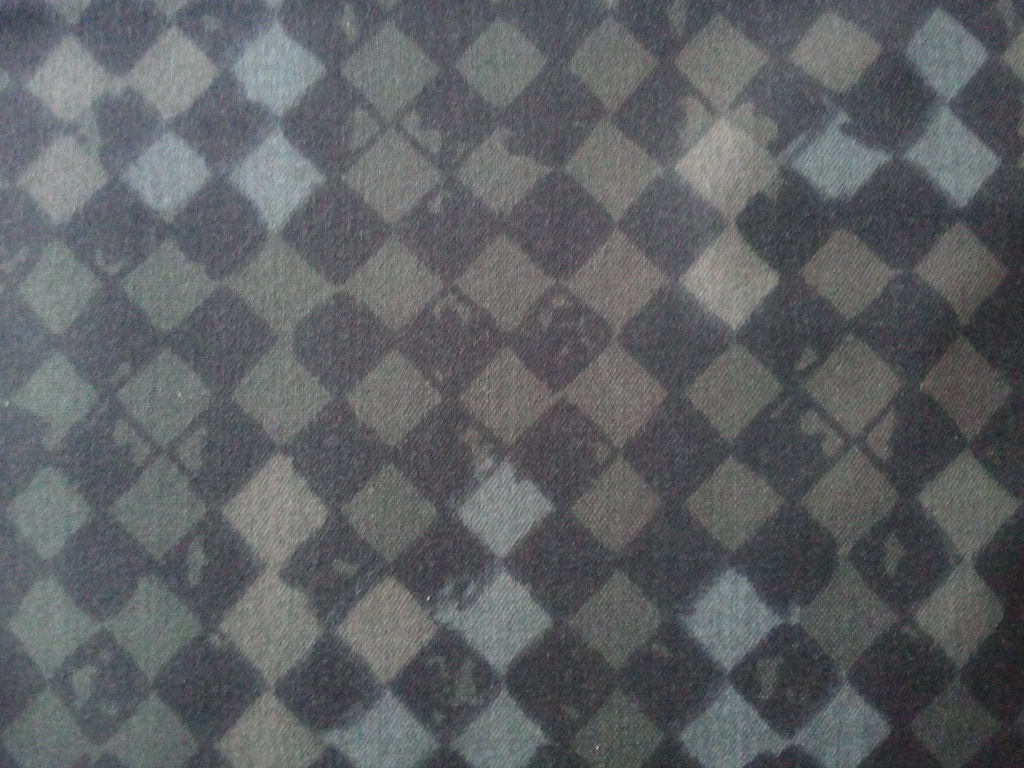
Understanding the Impact of Geometric Fabrics in Interior Design
Geometric fabrics have become increasingly popular in interior design, and for good reason. Their bold patterns and shapes can transform any room from drab to fab. These fabrics come in a variety of colors, sizes, and shapes, making them versatile enough to fit any home decor style. Geometric fabrics can add a touch of modernity to a traditional space or bring a pop of color to a neutral room. They can be used for anything from curtains and throw pillows to upholstery and wallpaper. When used correctly, geometric fabrics can create a cohesive look throughout your home. Plus, they’re perfect for adding visual interest without overwhelming the space. So why not try incorporating some geometric fabrics into your home decor?
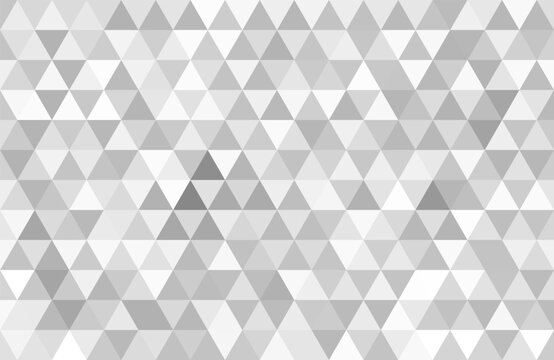
How to Choose the Right Geometric Fabric for Your Home Decor
When choosing geometric fabrics for your home decor, consider the overall look and feel you want to achieve. Start by determining the color scheme and pattern direction that would complement your existing furniture and accessories. Choose a fabric with a size of geometric pattern that fits well with the scale of other patterns in the room. Consider using bold geometrics as accent pieces such as throw pillows or curtains while keeping solid colors on larger surfaces like sofas or walls. If you are unsure about which direction to go, try starting small by experimenting with simple geometric shapes in neutral hues before moving onto more intricate patterns featuring multiple colors or shapes. Remember, it’s all about balance – mixing different textures and materials can help create a cohesive look throughout your living space!
Incorporating Geometric Fabrics into Your Existing Home Decor
If you’re looking to refresh your home decor, geometric fabrics are a great way to add some personality and style. One easy way to incorporate these bold patterns is with throw pillows or a decorative rug. Mixing and matching geometric prints can create an eclectic vibe while sticking to one print can create a cohesive look.
Another simple way to introduce geometric fabrics is through curtains or drapes. They can make a statement in any room while still remaining functional by blocking out sunlight or providing privacy.
For those who want a more subtle approach, consider adding smaller accents such as placemats, coasters or even lampshades with geometric patterns. This will tie the room together without overwhelming it.
Remember that balancing patterns and textures is key when working with geometric fabrics, so be sure to choose complimentary colors and solid pieces as well. With just a few additions of geometric fabrics, your home decor can be transformed into something truly unique and exciting!
The Versatility of Geometric Fabrics in Different Rooms of Your Home
Geometric fabrics are incredibly versatile and can be used in various rooms of your home. In the living room, bold geometric patterns can add a touch of drama to your sofa or armchair. Opt for geometric throw pillows or a geometric rug to make a statement. In the bedroom, geometric fabrics can create a sense of calm and balance. Consider using geometric bedding or curtains with subtle patterns to create a cohesive look. Geometric fabrics can also be used in the kitchen and dining room. Geometric tablecloths or placemats can add interest to your dining table, while geometric kitchen towels can bring color and pattern to your cooking space. Don’t be afraid to mix and match different geometric patterns throughout your home for a cohesive yet eclectic look.
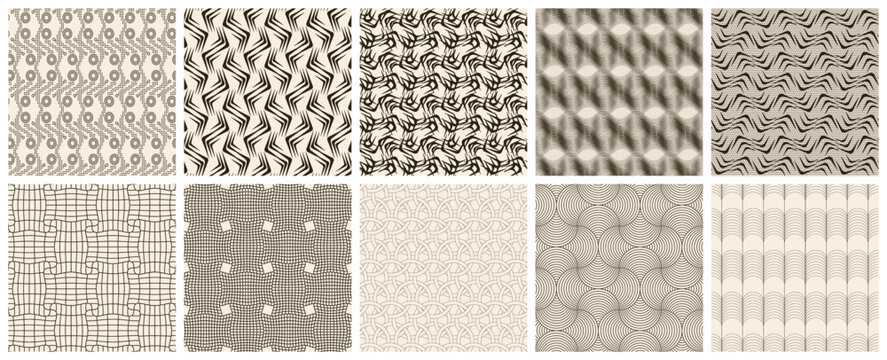
Creating a Bold Statement with Geometric Fabric Patterns
Geometric fabrics are not just for adding subtle accents to your home decor. They can also make a bold statement when used in the right way. Choosing large-scale geometric patterns can draw attention and add visual interest to any room, especially if you pair them with solid-colored furniture or accessories.
Another way to create a bold statement is by using contrasting colors in geometric fabric patterns. For example, if you have neutral-colored walls and furniture, adding vibrant colored or black-and-white patterned throw pillows or curtains featuring unique shapes like triangles or hexagons will instantly transform the space.
It’s important not to overdo it when creating a bold look with geometric fabrics; pick one focal point per room that showcases this design element. This approach ensures your eye-catching design feature remains an accent, rather than overwhelming the rest of your home decor.
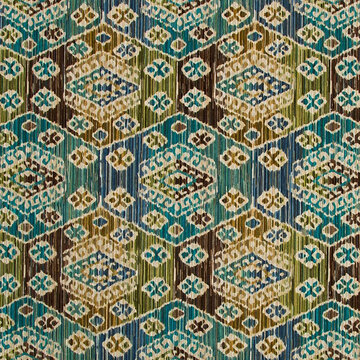
The Psychology of Colors and Shapes in Geometric Fabrics for Interior Design
The Impact of Geometric Shapes on Mood and Emotion in Home Decor
Geometric fabrics have a profound impact on our mood and emotional state due to the shapes and colors used in their design. Bold, angular shapes can create a sense of strength, stability, and power in a room while softer curves bring about feelings of relaxation and calmness. The use of bold colors such as red or yellow in geometric patterns can stimulate energy, excitement, and happiness whereas cooler tones like blue or green promote serenity and tranquility. Consider using these powerful design elements strategically throughout your home decor to evoke specific emotions based on the unique characteristics of each space.
Using Color Theory to Create a Harmonious Space with Geometric Fabrics
Color theory is an essential aspect of interior design, and it plays a crucial role in choosing the right geometric fabric for your decor. When selecting colors for your space, consider shades that complement each other on the color wheel. Choosing contrasting colors may create an eye-catching effect, but it’s important to ensure they don’t clash.
Additionally, keep in mind that different shapes can evoke varying emotions based on their size and placement within the room. For example, larger squares may feel stable and grounded while smaller triangles or circles may create a sense of movement or energy.
By understanding color theory and shape psychology when selecting geometric fabrics for your home decor, you can create a harmonious space that feels both balanced and visually stimulating.
Mixing and Matching Geometric Patterns: Tips and Tricks for a Cohesive Look
When mixing and matching geometric patterns in your home decor, it’s important to keep a few things in mind for a cohesive look. First, stick to a consistent color palette throughout the room. This will tie everything together and prevent the patterns from clashing. Second, mix different scales of patterns – for example, pair a large-scale stripe with a small-scale polka dot. And finally, don’t be afraid to experiment with textures and other textiles such as solids or natural materials like wood or rattan. By following these tips and tricks, you can create an eye-catching yet harmonious look with your favorite geometric fabrics in your home decor.
Mixing and Matching Geometric Fabrics with Other Textiles in Your Home Decor
Mixing and matching geometric fabrics with other textiles in your home decor can be a fun way to add texture, depth, and visual interest to any room. One simple approach is to choose one dominant geometric patterned fabric and layer it with complementary solid-colored textiles for balance. For instance, if you have a bold chevron print on your curtains or pillows, consider pairing it with smaller-scale polka dots or stripes that incorporate the same colors.
Another idea is to mix different types of geometric patterns throughout the space while keeping them within the same color scheme. Large-scale prints work well as focal points in larger pieces like rugs or drapes, whereas smaller patterns can be used on accent pieces like throw pillows.
When incorporating multiple geometric fabrics, try sticking to three distinct patterns at most to avoid overwhelming the space. Lastly, experiment by adding depth through mixing textures such as wool or leather alongside cottons and silks for an even more dynamic design.

DIY Projects: Using Geometric Fabrics to Transform Old Furniture Pieces
Using Geometric Fabrics to Transform Old Furniture Pieces
Looking for a budget-friendly way to update your outdated furniture pieces? Look no further than geometric fabrics. Whether it’s an old sofa, armchair, or ottoman, covering them with eye-catching geometric patterned fabric can instantly transform their look and feel.
Start by measuring the surface areas of your furniture piece and choose a geometric fabric that fits those dimensions. Consider complementing the existing color palette in your room or go bold with contrasting hues.
For wooden chairs or benches, try upholstering the seat cushion with vibrant geometric-patterned vinyl fabric for a modern touch. For an edgier look, mix and match different patterns on each side of decorative throw pillows.
With some creativity and basic sewing skills, you can give new life to any dull-looking furniture pieces using powerful geometric fabrics that will make them stand out in any room of your home.
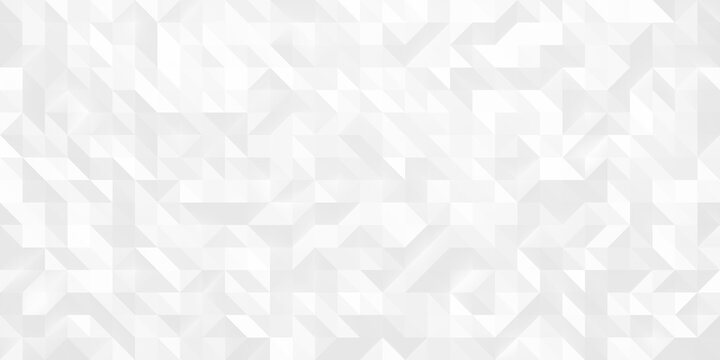
Top Trends in Geometric Fabric Designs for Interior Design
Geometric fabrics have been a popular choice in interior design for years, and they continue to evolve with new trends. One of the top trends in geometric fabric designs is the use of bold colors. Bright hues like electric blue, hot pink, and sunny yellow are being incorporated into geometric patterns to create a statement piece in any room.
Another trend is the use of geometric shapes with organic elements. Designers are combining geometric shapes with natural elements like leaves or flowers to create a unique and eye-catching pattern. This trend adds a touch of nature to modern designs.
The use of mixed materials is also becoming popular in geometric fabric designs. Mixing different textures like velvet, linen, and cotton creates depth and interest in the pattern. This trend adds dimension to any room and can be used in various home decor styles.
Lastly, oversized geometric patterns are making a comeback. Large-scale patterns on curtains or upholstery can make a bold statement in any room. This trend works well in minimalist spaces where the pattern can be the focal point of the room.
Incorporating these top trends into your home decor can elevate your space and give it a modern edge while still maintaining its timeless appeal.

Final Thoughts: Elevating Your Home Decor with Powerful Geometric Fabrics
Geometric fabrics are a timeless trend that can elevate any home decor. From pillows to curtains, adding geometric patterns in your space injects visual interest and depth. Whether you prefer bold or subtle, incorporating geometric fabrics in the right way can transform your room from dull to dynamic.
When choosing geometric fabrics, consider the colors and shapes carefully as they evoke different emotions and moods. A mix of squares and triangles in muted blues can create a calming effect while vibrant yellows with circular shapes add excitement.
Mixing geometric fabrics with other textiles like solid colors, florals or stripes is another way to make them stand out. Combining contrasting patterns draws attention to each of them individually making for an interesting cohesive look.
Incorporating DIY projects such as upholstering old furniture pieces using geometric fabric adds personality into your space whilst being cost-effective too!
Don’t be afraid to get creative! Always keep an eye on trends – for example Art Deco-style patterns have come back into fashion recently. By following these tips, you’ll be well on your way to having stylishly inspired interior design using powerful geometric fabrics!
In conclusion, geometric fabrics are not only visually stunning but also incredibly versatile in interior design. By selecting the right patterns and colors, you can transform any room in your home into a masterpiece. Whether it’s an accent pillow or an entire sofa upholstered with bold shapes, geometric fabrics add depth and dimension to any space. With many trends emerging in this field, there has never been a better time to incorporate these powerful textiles into your home decor scheme. So go ahead and experiment! Mix and match patterns and colors until you find the perfect combination for your individual style. Transform your living space today with the power of geometric fabrics!
FAQ
Q.Who designs geometric fabrics?
A.Geometric fabrics are designed by textile designers and pattern makers.
Q.What are geometric fabrics made of?
A.Geometric fabrics can be made of various materials such as cotton, silk, wool, or synthetic fibers.
Q.How can I incorporate geometric fabrics into my home decor?
A.You can use geometric fabrics for throw pillows, curtains, or even as wallpaper to add a modern touch to your home decor.
Q.Who can wear clothes made of geometric fabrics?
A.Anyone can wear clothes made of geometric fabrics, as they come in a variety of patterns and colors to suit different styles and preferences.
Q.What are some popular geometric fabric patterns?
A.Some popular geometric fabric patterns include chevron, herringbone, and quatrefoil.
Q.How do I care for my geometric fabric items?
A.Follow the care instructions on the label, but generally, geometric fabrics can be machine washed in cold water and tumble dried on low heat. Avoid using bleach or fabric softeners.
